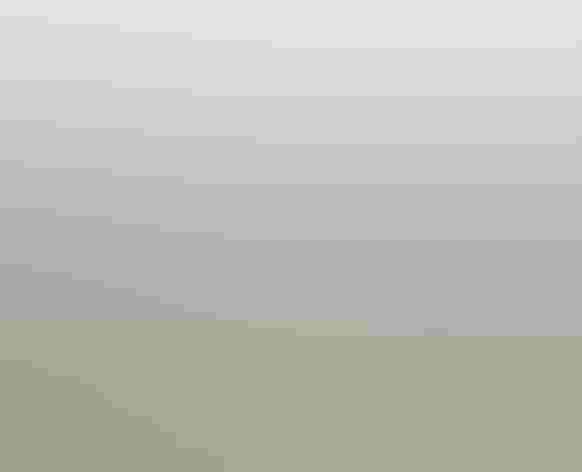Aleutian Tern
At a Glance
An uncommon bird, nesting around the Bering Sea and nearby waters, including much of the southern Alaskan coast and Aleutian Islands. May associate with Arctic Tern, but is far less numerous. Its habits have not been thoroughly studied. Its winter range was completely unknown until the late 1980s; now it is known that many Aleutian Terns spend the winter near the Equator in the western Pacific.
All bird guide text and rangemaps adapted from Lives of North American Birds by Kenn Kaufman© 1996, used by permission of Houghton Mifflin Harcourt Publishing Company. All rights reserved.
Category
Gull-like Birds
IUCN Status
Vulnerable
Habitat
Coasts and Shorelines, Freshwater Wetlands, Open Ocean, Saltwater Wetlands
Region
Alaska and The North
Behavior
Direct Flight
Population
22.000
Range & Identification
Migration & Range Maps
Winter range still poorly known, was completely unknown until late 1980s; most apparently winter at sea near the Philippines or Indonesia. Arrives on Alaska breeding grounds in May, departs mostly in August. One seriously lost individual once was found in Britain.
Description
13 1/2-15" (34-38 cm). Gray with black bill, sharp white forehead patch. Some young Arctic Terns have dark bills and white foreheads; note dark trailing edge on inner part of Aleutian's wing. Voice differs.
Size
About the size of a Crow
Color
Black, Gray, White
Wing Shape
Long, Pointed, Tapered
Tail Shape
Forked
Songs and Calls
A musical whee-hee-hee; chirping notes like those of House Sparrow.
Call Pattern
Flat, Undulating
Call Type
Chirp/Chip, Whistle
Habitat
Northern coasts (summer); open ocean (winter). During most of year apparently at sea, moving south to tropics in winter, although details poorly known. In breeding season along northern coastlines, foraging mostly offshore, nesting on open islands, sandbars, or beaches with dense low ground cover.
Sign up for Audubon's newsletter to learn more about birds like the Aleutian Tern
Behavior
Eggs
1-2, sometimes 3. Buff to olive, heavily marked with dark brown. Incubation is probably by both sexes, about 22-23 days.
Young
Both parents probably bring food for young. Age at first flight about 25-31 days. Young may remain around colony one or two weeks after fledging; age at independence unknown.
Feeding Behavior
Forages mostly by flying or hovering low over water, dipping down to take items from surface; apparently seldom plunge-dives into water.
Diet
Includes crustaceans, fish, insects. Diet in summer includes many euphausiid shrimp and other crustaceans, small fish, and insects. Winter diet essentially unknown.
Nesting
Usually nests in small colonies, often associated with Arctic Terns. Unlike most terns, parents do little or nothing to defend nest against predators or intruders, simply departing at approach of danger. May benefit by nesting with Arctic Terns, which are more aggressive in defense of colony. Nest site is close to water on low sandspit, island, or beach, among grasses or other vegetation. Nest is inconspicuous, a shallow depression in moss, matted grass, low vegetation.
Conservation
Conservation Status
Uncommon and local, colonies vulnerable to disturbance. No obvious trends in population.



